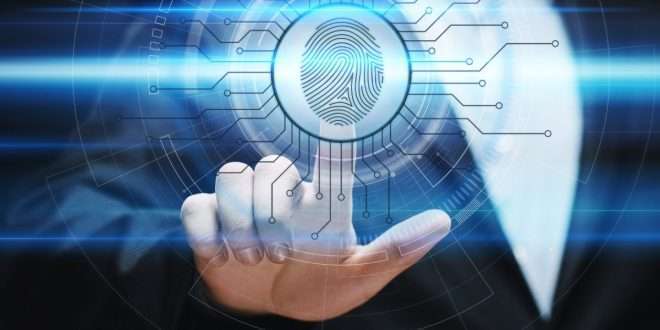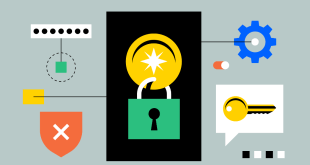As technology continues to evolve, the need for secure authentication methods becomes increasingly critical. Traditional authentication methods are no longer sufficient to protect sensitive data and valuable assets. In this blog, we embark on a journey to explore the cutting-edge world of biometric authentication and its role in shaping the future of secure verification. Join us as we delve into the fascinating world of biometric bonanza.
Understanding Biometric Authentication
Biometric authentication is a revolutionary approach to verifying a user’s identity by using their unique physical or behavioral characteristics. Unlike traditional methods such as passwords or PINs, which can be easily compromised, biometric features are incredibly difficult to forge or steal. This makes biometric authentication one of the most robust and secure methods available today.
Advantages of Biometric Authentication
1. Unparalleled Security
Biometric features, such as fingerprints, facial recognition, iris scans, or voiceprints, are inherently unique to each individual, providing a higher level of security compared to traditional methods.
2. Convenience and User Experience
Biometric authentication offers a seamless and user-friendly experience, eliminating the need to remember complex passwords and reducing the risk of authentication errors.
3. Fraud Prevention
As biometric data is difficult to replicate, it serves as a potent deterrent against identity theft and fraud attempts.
4. Enhanced API and Network Security
In the realm of APIs and network authentication, biometrics can provide an additional layer of protection against unauthorized access and data breaches.
5. Versatility and Adaptability
Biometric authentication can be deployed across various platforms and devices, catering to a diverse range of applications and use cases.
Biometric Methods in Action
Facial Recognition
Facial recognition technology analyzes unique facial features to verify identity. It captures facial patterns and matches them against a database of enrolled users, allowing swift and accurate authentication.
Fingerprint Scanning
Fingerprint scanning measures the distinctive patterns on a person’s fingertips. It is widely adopted due to its reliability, speed, and ease of use.
Iris Scanning
Iris scanning relies on the intricate patterns in the colored part of the eye. Its high level of accuracy makes it suitable for secure access control.
Voiceprint Authentication
Voiceprint authentication analyzes an individual’s unique vocal characteristics, such as pitch, tone, and cadence, to verify identity.
Behavioral Biometrics
Behavioral biometrics monitor user behavior, such as typing patterns or mouse movements, to create a unique user profile for authentication.
Biometrics and API/Network Security
In the context of APIs and network authentication, biometric methods provide an additional layer of protection against unauthorized access and cyber threats.
Strengthening API Security
Implementing biometric authentication in APIs ensures that only authorized users can access sensitive data and perform critical operations, mitigating the risk of API breaches.
Enhancing Network Security
Biometric authentication strengthens network security by preventing unauthorized access to critical systems and safeguarding confidential information from potential breaches.
Commonly Asked Questions
Q1: Are biometric authentication methods safe and secure? A1: Yes, biometric authentication methods offer a high level of security due to their unique nature, making them difficult to forge or replicate.
Q2: Can biometric authentication be used across different devices and platforms? A2: Yes, biometric authentication is versatile and adaptable, making it suitable for various devices and platforms.
Q3: How does biometric authentication enhance user experience? A3: Biometric authentication eliminates the need for complex passwords, providing a seamless and convenient user experience.
Q4: What makes biometric authentication superior to traditional methods? A4: Biometric authentication is superior due to its accuracy, difficulty to replicate, and its effectiveness in preventing fraud.
Q5: Can biometric authentication be used for API and network security? A5: Yes, biometric authentication strengthens API and network security, providing an additional layer of protection against cyber threats.
Final Words
The future of secure authentication lies in the realm of biometric bonanza. With unparalleled security, convenience, and versatility, biometric authentication is revolutionizing the way we protect our valuable assets and sensitive information. From facial recognition to voiceprint authentication, these cutting-edge methods offer a robust shield against cyber threats, bolstering API and network security. Embrace the era of biometric authentication and fortify your digital defenses with the power of unique human traits.
 webfily
webfily



